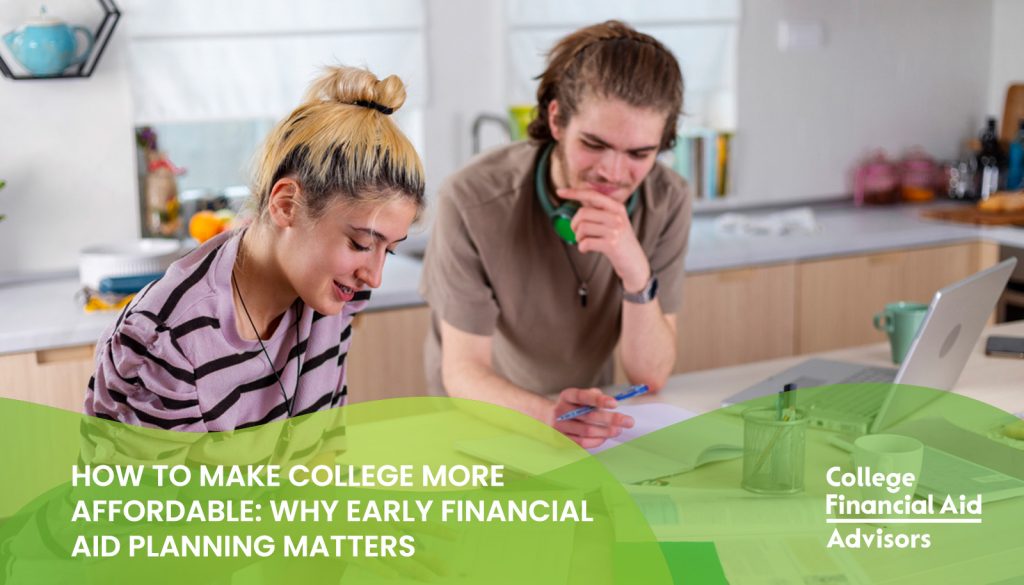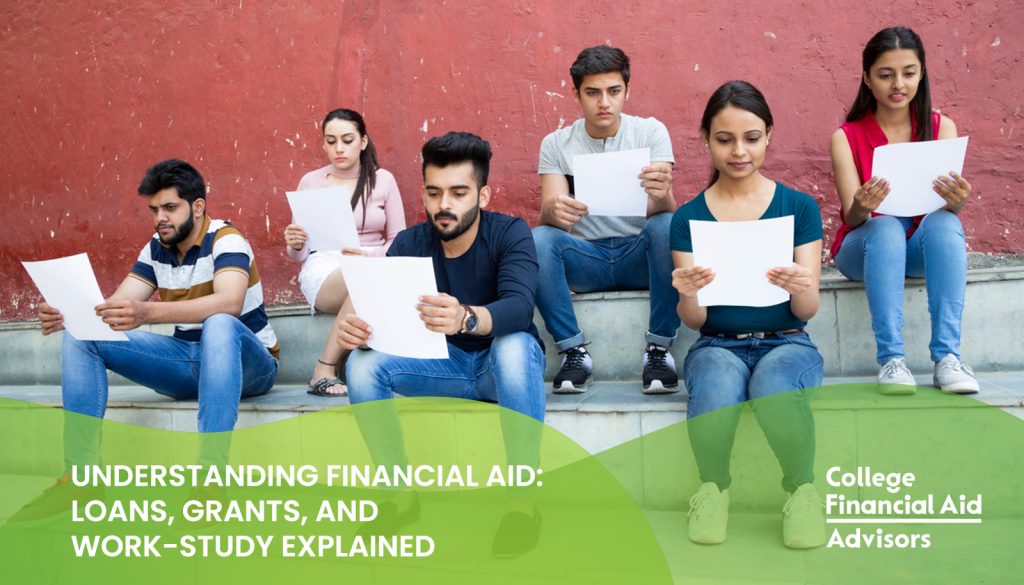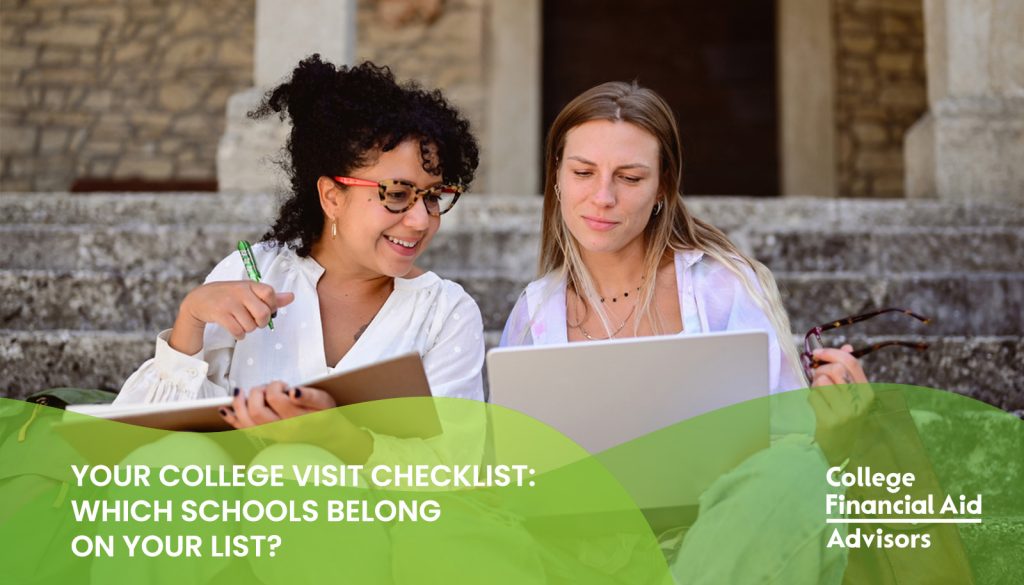How to Make College More Affordable: Why Early Financial Aid Planning Matters
The idea of college can be both exciting and overwhelming. It’s the next big step in your educational journey, but there’s one big thing that might cause some stress for you and your family: how to afford it. College costs can quickly add up, and without proper planning, it can feel like a financial mountain to climb. With some smart moves now – as a junior in high school, you can make the whole process more manageable and less stressful later. Let’s talk about why early financial aid planning is so important to your college journey! Why Early Planning Matters You might be thinking, “I still have time before I need to worry about paying for college!” While that’s true, the earlier you start thinking about financial aid, the more options and opportunities you’ll have. Colleges have different deadlines, scholarships come with various eligibility criteria, and grants can require some paperwork that takes time to gather. Starting early means you’ll be prepared when the time comes to submit your applications. By planning ahead, you’ll also have a clearer picture of your finances and may avoid taking on too much debt. Plus, financial aid doesn’t just help pay for tuition—it can cover things like books, housing, and meal plans. What is Financial Aid? Here’s a quick review of what financial aid actually refers to: Grants: Money you don’t have to pay back (yay!). These are often based on financial need. Scholarships: Free money, usually awarded for academic achievement, sports, or other talents. Loans: Money you borrow and pay back after graduation. Some loans have low interest rates, but be careful—too many loans can lead to debt later on. Work-Study Programs: These are jobs offered by the school where you work part-time to help cover your costs. How to Start Financial Aid Planning Early: Know Your Deadlines Each college or university has its own financial aid deadlines. Some deadlines are early in your senior year, so make sure you’re aware of when to apply. The FAFSA is one of the most important applications you’ll fill out, and it opens every year on October 1st. The earlier you submit it, the better your chances of getting grants and work-study options. Create a Financial Aid Checklist Gather important documents like tax returns, social security numbers, and your family’s financial info ahead of time. This will make filling out your FAFSA or scholarship applications a lot easier. Keep track of deadlines for both the FAFSA and any scholarships you want to apply for. Research Scholarships Start looking for scholarships now. Many scholarships are open to high school juniors, and the more you apply for, the better your chances of receiving money. Don’t forget to check out local organizations, companies, and community groups—they often offer scholarships that aren’t as competitive as national ones. Consider Different Colleges Not all colleges have the same tuition rates or financial aid packages. Some colleges might offer better scholarships, while others have a higher cost of living. Do some research to find a balance between the school of your dreams and the financial reality of paying for it. The Power of Financial Aid A lot of students don’t realize how much financial aid can reduce the cost of college. For example, a student who receives a combination of grants and scholarships could end up paying only a fraction of the total tuition. By submitting the FAFSA early, you unlock access to federal grants that can lower costs right off the bat. The thought of paying for college can be scary, but with early financial aid planning, you can make the process smoother. The earlier you plan, the more likely you are to secure the financial aid you need to make college affordable and stress-free. Happy planning, and good luck! Want more personalized help paying for college? Now Enrolling: College Financial Aid Advising for the Class of 2026-2027! I’m excited to announce that sign-ups are now open for the next class of college-bound students and returning students! If your family will be navigating the financial aid process for the 2026-2027 academic year, now is the time to secure your spot. Spaces are limited, so reach out today to reserve your place and ensure you have expert guidance every step of the way. More about Jodi and College Financial Aid Advisors Jodi is a FAFSA financial advisor who helps with the financial aid process to help families of college students maximize their financial aid. From completing the FAFSA and completing the CSS Profile to reviewing the SAR, responding to requests for verification, comparing financial aid offers and understanding student loan options, Jodi is a fantastic resource when it comes to student financial aid. Schedule a 15 Minute Power Chat to learn more about finding ways to pay for college.










